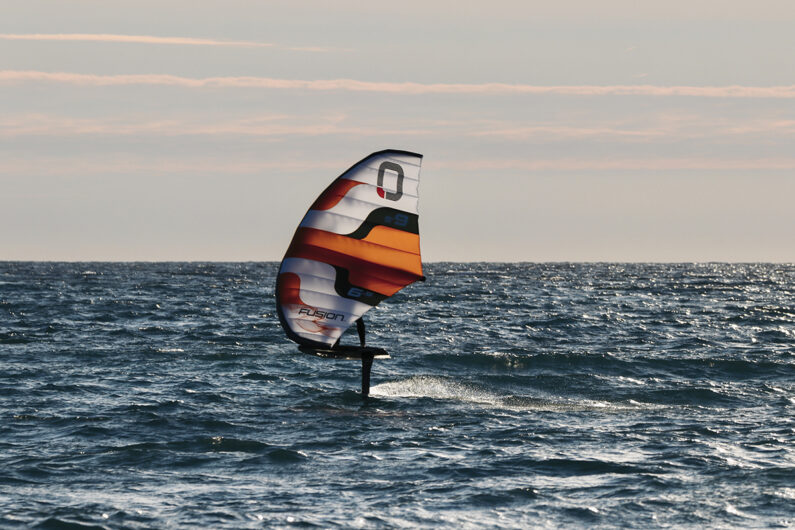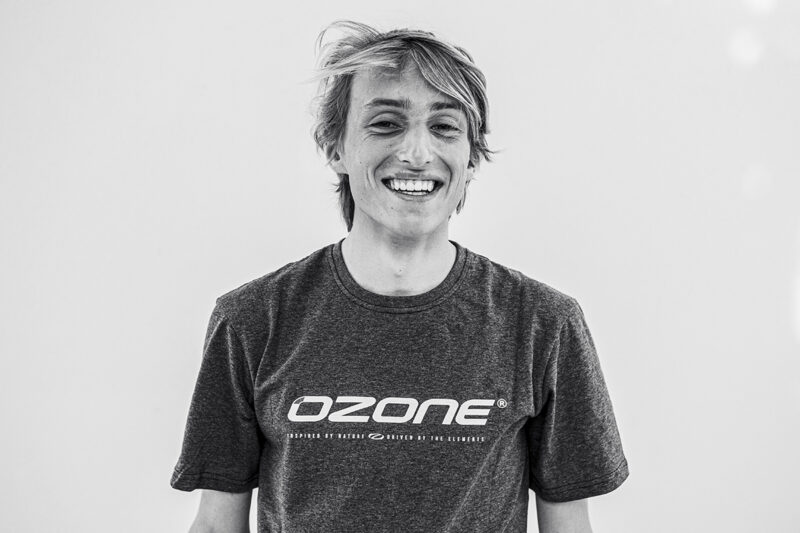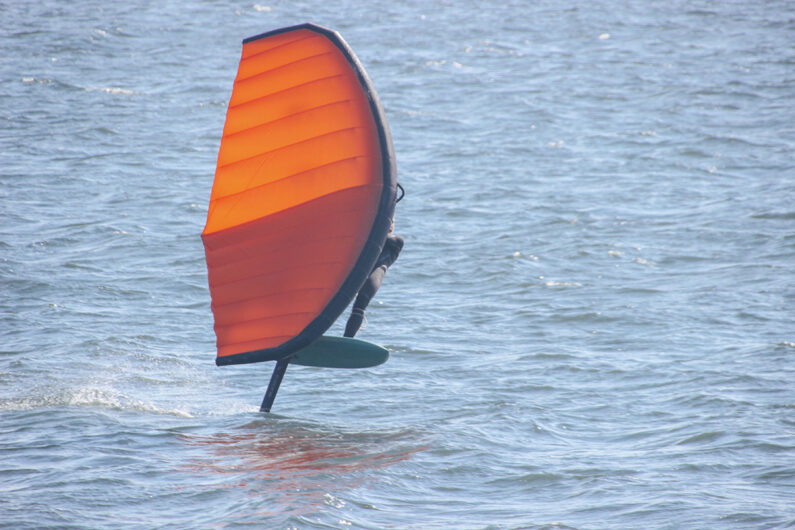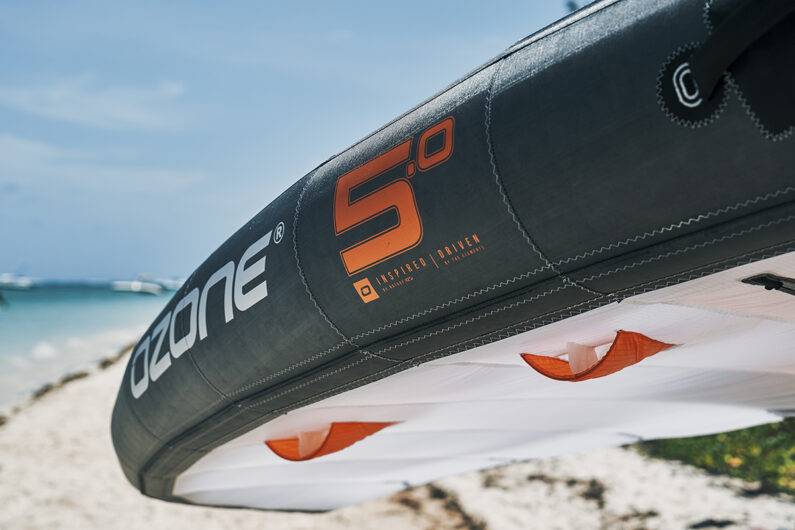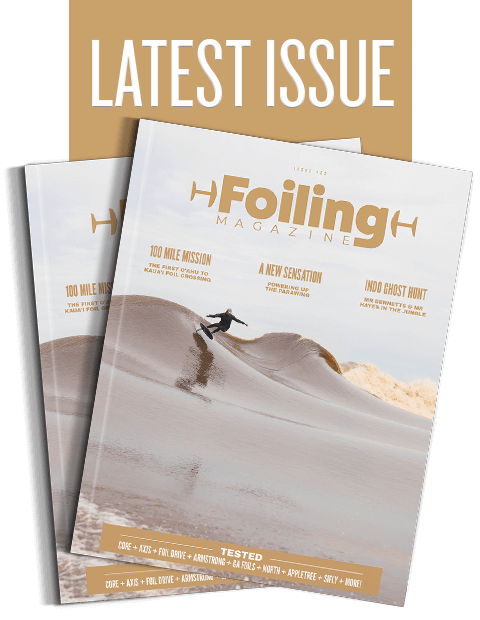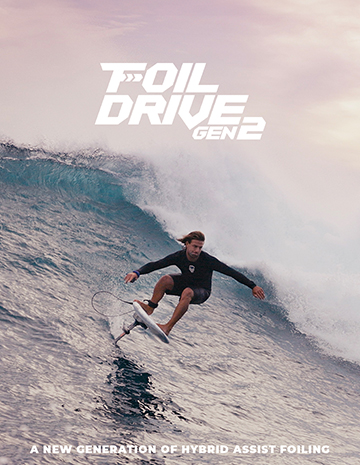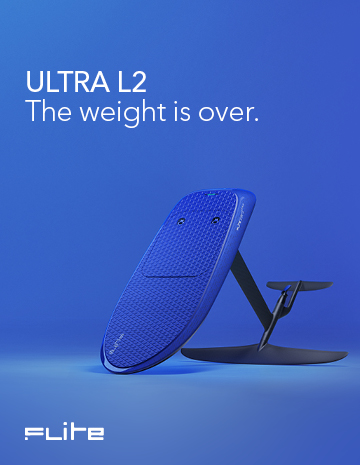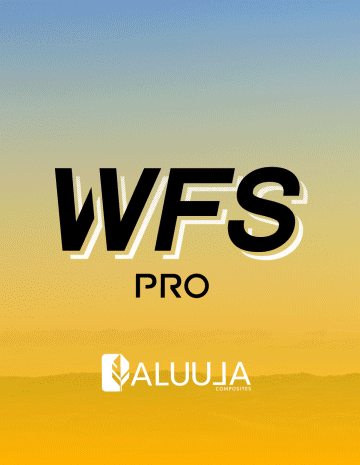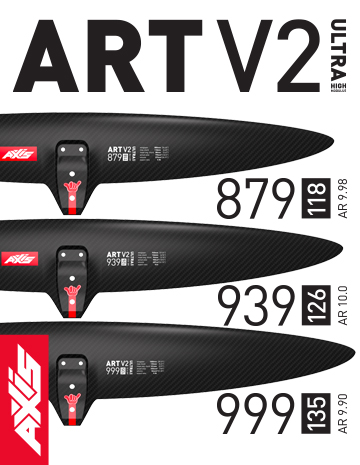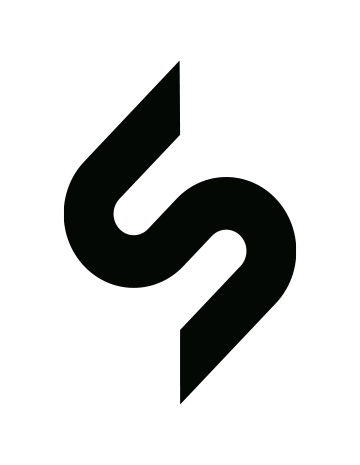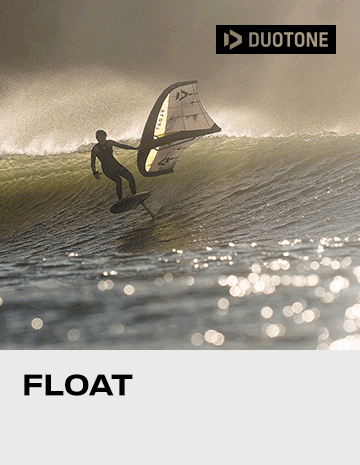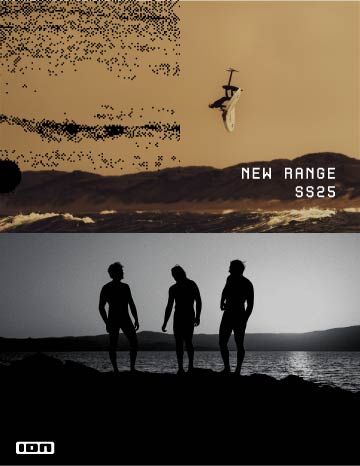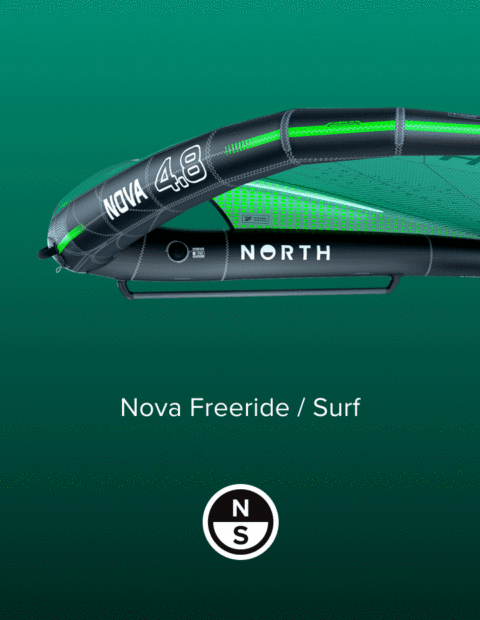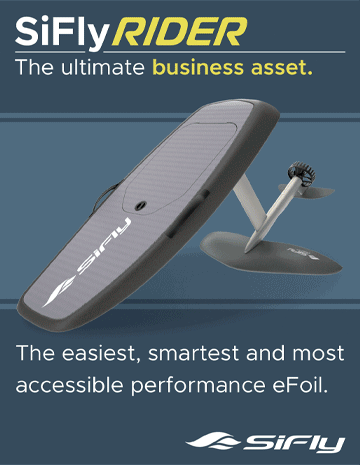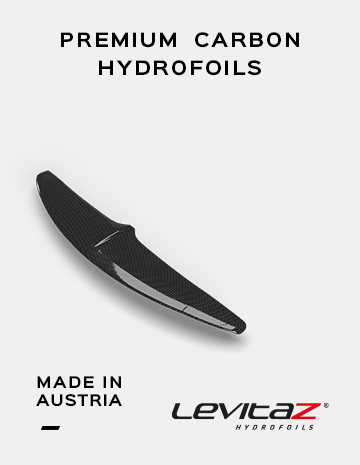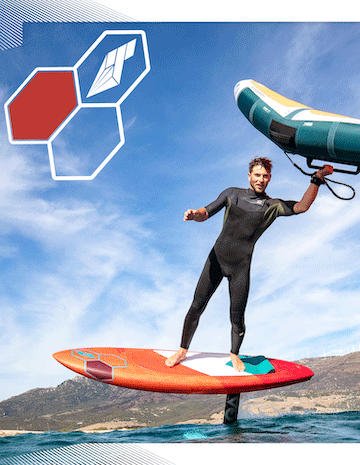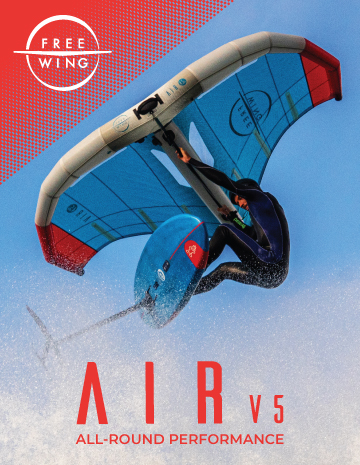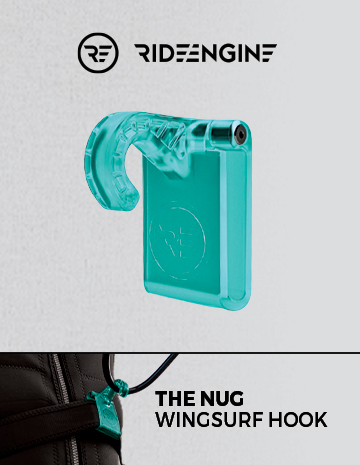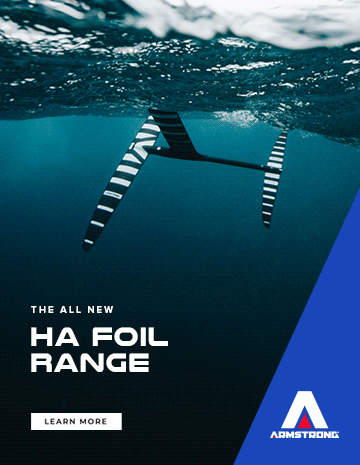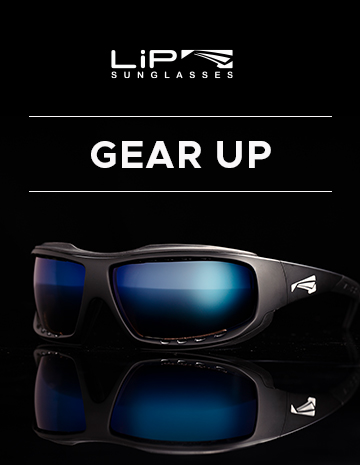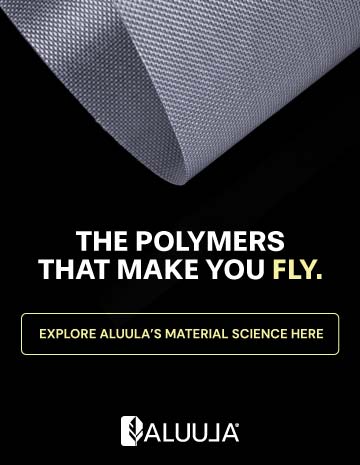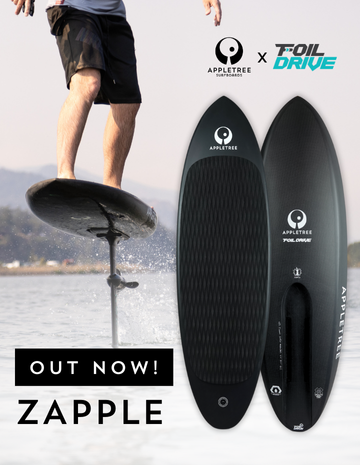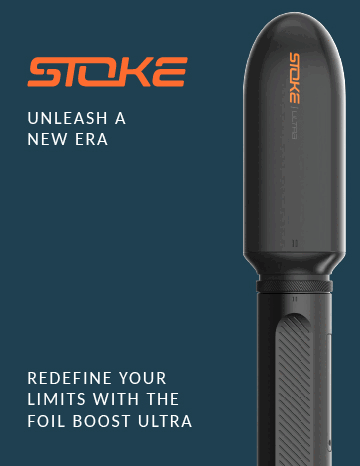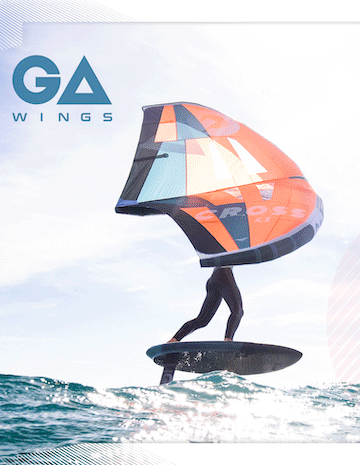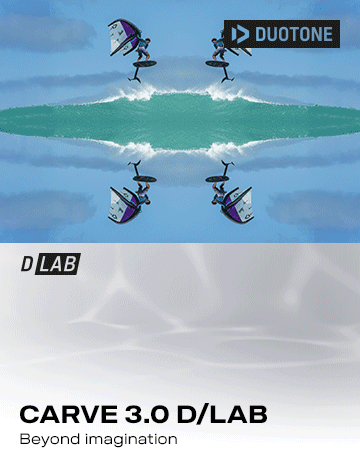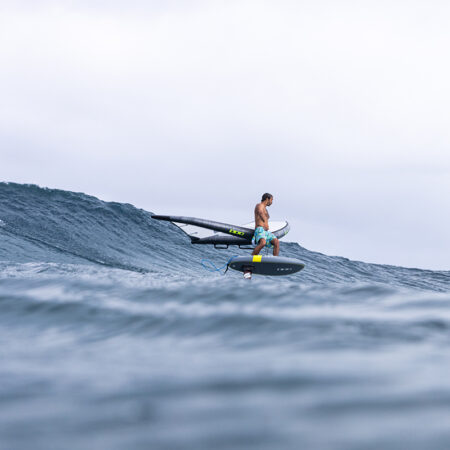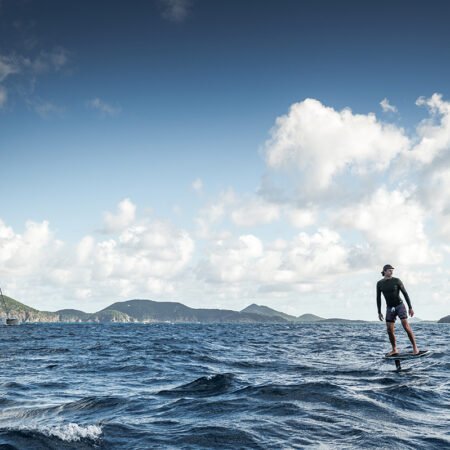THE INNOVATORS: Ozone Fusion Full Double Surface Design with Ram Air Technology
Things are starting to get a little freaky in the world of wing, as hitherto unexplored tech transferred across from other wind sports find its way into this new generation of wings. And up front and center is Ozone’s double surface design, meticulously engineered by Ozone's Simon Burner…
Hi Simon. A little background first – when did you join Ozone, and what design experience did you bring with you?
I joined Ozone about three-and-half years ago, right after finishing my first university semester. Ozone was looking for an additional member for testing and also design help in the long term. Rather than going the traditional recruiting route of hiring someone with previous experience, they approached me proposing the testing role and also a scheme to develop my design skills. I started with relatively little design experience, but picked up all the necessary software quite quickly thanks to help from colleagues and stuff online. The drawing process of a prototype is only a quarter of the job anyway most of the time; it’s how the design is brought to life with different construction methods and material selection where the next challenge lies. Having experienced mentors guiding you to the right direction has been very helpful!
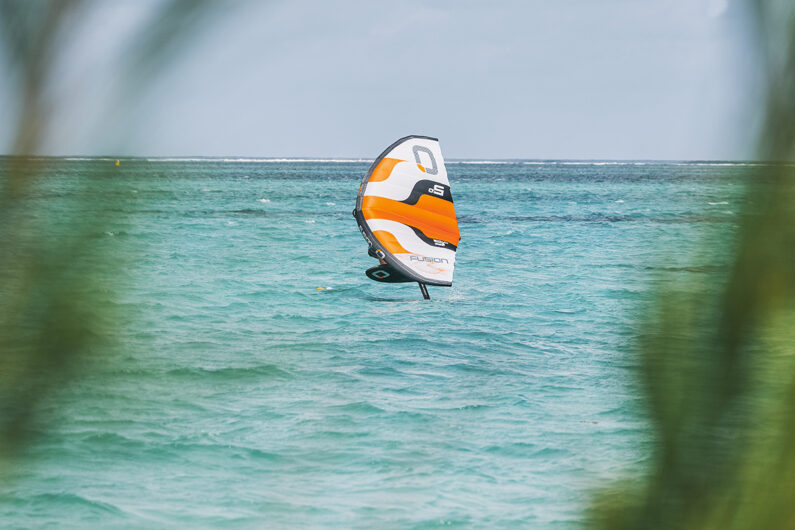
So for those unfamiliar with the Fusion and the double skin system, please talk us through the tech that’s involved…
Wingfoiling as a whole has evolved quickly and the growth of more specialized, focused disciplines have also created the need for more specific handling requirements. The idea behind the Fusion was to utilize all the resources of our in-house production facility, where all our foil kites, tube kites, wings, paragliders and wingsuits (designed by Squirrel) are made. We knew there was great potential for a design that fused elements of each together. Collaborating closely with the most experienced technicians and material handlers in the factory, we set off in development for this world-first wing design.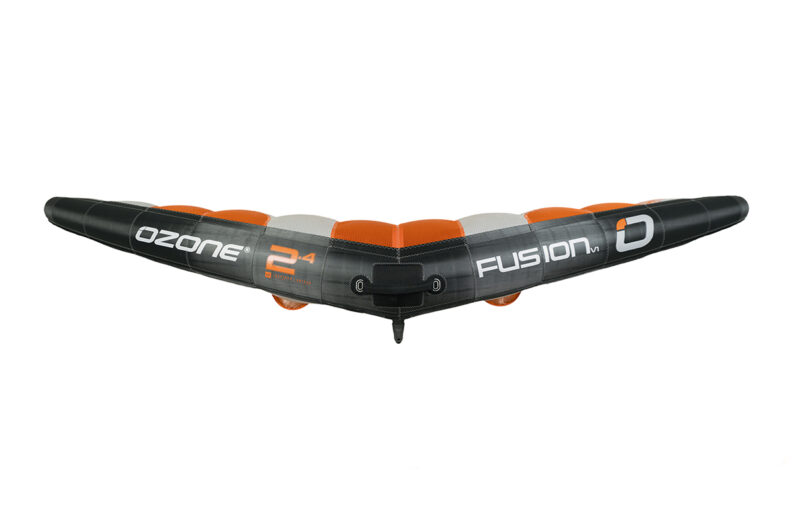
The Fusion is the first full double surface wing design on the market delivering next level flying speeds and efficiency. Air fills between the two surfaces via the air intakes (designed by Squirrel for their wingsuits) and creates an enclosed high-pressure space between the entire upper and lower surfaces. The internal rib structure (as seen in foil kites and paragliders) supports both sail layers and helps the wing smoothly deal with dynamic pressure differentials when the wing’s angle-of-attack changes.
And how do these translate into tangible benefits to the rider from using this wing?
Mainly you can go faster, track far higher into the wind and do it all with a greater sense of control, because as the Fusion speeds up, it wants to drive further and further forward. We’ve paid special attention to in-flight behavior, as a very performant wing means nothing if there’s a compromise in handling. There are many instances when racing or even freeriding when you need easy, accessible performance.
The double surface design massively reduces drag, and if you’re riding a small, fast foil… you’ll soon surpass any speeds you’d manage on a conventional wing.
Is it a wing that anyone can use? Or is it primarily pitched at those who are already wing savvy?
It’s a high-tech design, primarily suited to riders who are ready to take their freeriding to the next level and really explore the speed potential of smaller hydrofoils. That’s not to say that only advanced riders can use it, but there is a bit of a different pumping technique to getting going, especially at the bottom end of the wing’s range. On a single surface wing you can pump your back hand and you’ll usually feel a decent burst of power. You don’t get as much oomph from a back hand pump on the Fusion. Instead, you need to let the apparent speed build up, and then the wing becomes more powerful.
The Fusion is also more expensive than our other wings and needs some appreciation for how to handle a more exotically designed product – just like a carbon fiber road bike. Everything has a function, and every aspect of the Fusion’s design is about reducing drag and increasing your ability to ride fast with extreme efficiency.
Who had the initial idea to incorporate a ram air system into the fusion?
We had tried non ram air double surface wings by attaching a lower surface with Velcro, which presented a whole list of issues. Inspired by foil kites, we knew a ram air wing was the way forward, but a traditional foil kite valve was out of question as the LE tube was in the way. It wasn’t until a brainstorm session together with Ozone head of design Dominik Zimmerman, we got inspired by the air intakes on Squirrel wingsuits. Also coming from paragliders and foil kites, ribs were added to keep the designed profile in flight.
Were there many iterations to finalize the design, or was it just a “eureka” moment that worked immediately?
Surprisingly, the first prototype with all these features together was really promising, which rarely happens. Although it worked and looked nice, we still had to put some proper work into it until we were ready to call it a product.
Was the design process CAD based or more manual and hands on?
We use our own software called OzCad for all our kites and wings, which we also share with our paraglider colleagues. We already had the option to design double surface wings from a previous project, which made developing the lower surface and the ribs a lot easier. However, as the Fusion has a lot more panels and details, the project was also very heavy on separate 2D and 3D CAD software. It also required new construction methods, which were developed together with the factory. This was a lot more hands on, the goal was to find a construction that allowed it to have a fully sewn on lower surface without having to add unnecessary seams, all while keeping manufacturing simple and easy.
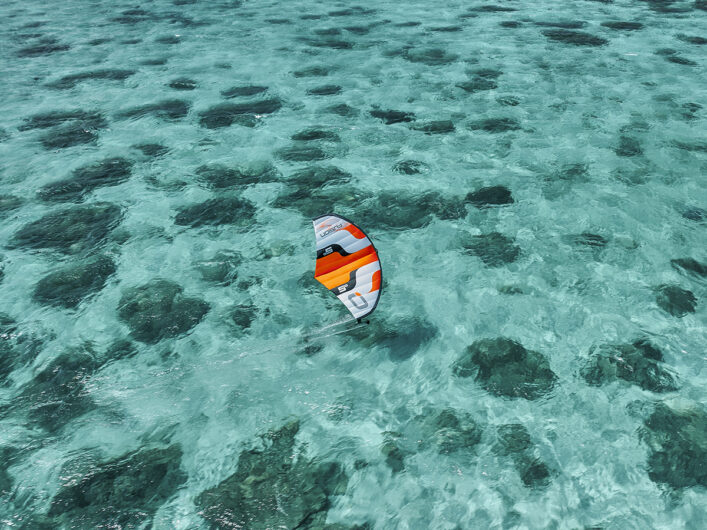
Now that the concept has proven successful, where do you plan on taking the Fusion next? Are we likely to see a race focused design?
Once a product is signed off for production, we immediately move on to working on the next version. The goal is always to improve both performance and handling, we like to only release a new version of an already working product when these improvements have been achieved. The sky’s the limit!
You’ve been using Aluula in your kite range, could this be utilized in a ram air wing to minimise diameters of the airframe and increase stiffness?
Better materials do in most cases present an advantage, there’s definitely a place for them in performance wings. It also opens up more possibilities to play around with different shapes. In balancing performance, price and production benefits, we only add the materials necessary to achieve the performance we’re looking for. 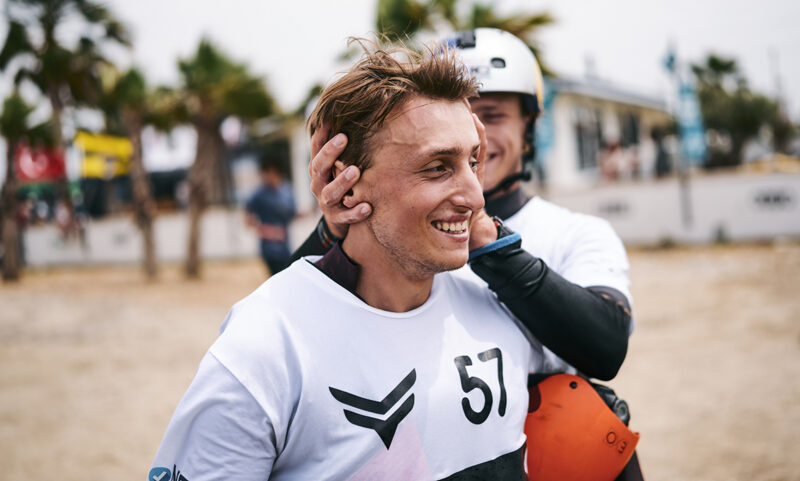
Ozone recently signed Mathis Ghio onto the team, and he won on the Fusion in his first event. That must have been pretty satisfying to watch?!
It’s awesome to have him on board, he's a very analytical guy and his feedback has been exceptional so far. He’s also a super successful racer with two world titles under his belt, so seeing him winning both the Defi Wing and the opening round of the ISWA Wingfoil Racing World Tour was epic.
Finally, we hear you’re doing pretty well yourself on the racing tour?! How much of that is your raw talent, and how much is it the Fusion…
It’s always a blast to race and great to see the racing scene lifting off; the level is getting so high. It’s also pretty cool to see the creative stuff other brands come up with. The Fusion has definitely helped me to enter the fleet with a competitive level. Just this past World Cup in Turkey, the top 10 was exclusively using double surface wings. Using a single surface wing would have been challenging. I did a brief stint of foil kite racing, so I was kind of familiar with the speed and coupled with the Fusion’s performance, I had no excuse other than going flat out!
“Surprisingly, the first prototype with all these features together was really promising, which rarely happens.”
